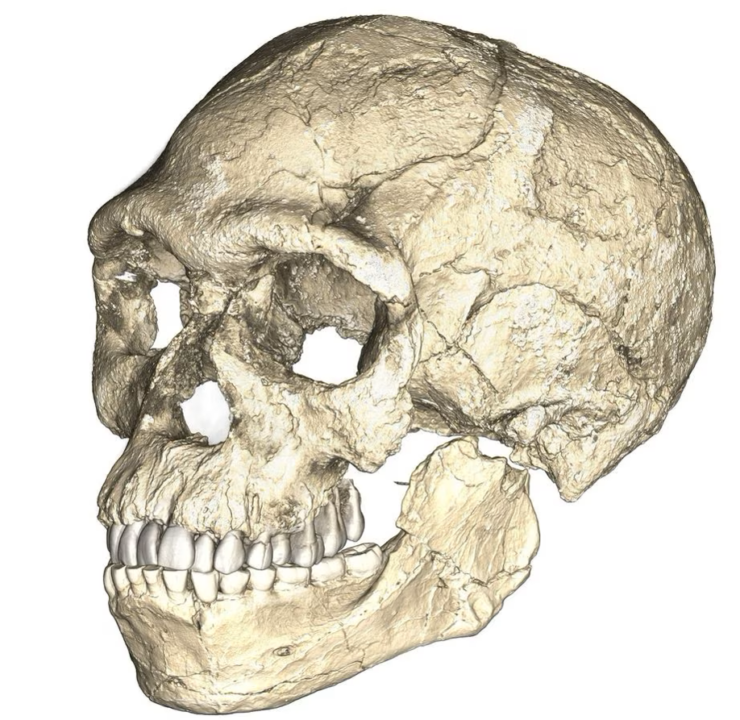The earliest Homo sapiens fossils were found at a site in Morocco called Jebel Irhoud, which is situated between Marrakech and the Atlantic coast.
But it has been challenging to piece together how our species first emerged and spread across the continent before setting out to explore the rest of the world due to the dearth of Homo sapiens fossils from the earliest stages of our evolutionary history and the geographical distribution of those remains in Africa in places like Ethiopia and South Africa.
A recent study using genetic information from contemporary African groups sheds light on how this might have happened.
According to Reuters report, numerous ancestral populations from all across Africa moved between different regions and interbred with one another over the course of hundreds of thousands of years to contribute to the creation of Homo sapiens in a patchwork fashion.
It also discovered that everyone alive now has ancestors in at least two different populations that lived in Africa approximately a million years ago.
The results did not support the long-held theory that Homo sapiens originated in a single area of Africa or a scenario involving a mix-up with an unidentified closely related species in Africa’s human evolutionary tree.
“All humans share relatively recent common ancestry, but the story in the deeper past is more complicated than our species evolving in just a single location or in isolation,” said Aaron Ragsdale, a population geneticist at the University of Wisconsin-Madison, is the lead author of the study.
The population structure of the ancestral groupings was likely “weak,” indicating that there was ongoing or at least periodic migration across groups, which maintained genetic similarities among ancestral populations, according to Ragsdale.
The researchers went to genetic data from live people to identify historical hints due to the dearth of fossil remnants and archaeological evidence. In order to determine the genetic linkages through hundreds of thousands of years and track the parallels and differences between the populations, they looked at the genome data from 290 people, the majority of whom were from four geographically and genetically varied African peoples.
There were 85 members of the Mende ethnic group from Sierra Leone, 44 members of the Nama Khoe-San group from southern Africa, 46 members of the Amhara and Oromo ethnic groups from Ethiopia, and 23 members of the Gumuz ethnic group.
In order to account for post-colonial era influences, the genome data of 91 Europeans and a Neanderthal, an extinct human species that was mostly found in Europe until around 40,000 years ago, were also studied.
The researchers noted that there is a dearth of fossil evidence for the time period that would be most instructive about the origin and spread of Homo sapiens and that neither skeletal nor dental remains from these periods contain any ancient DNA. Simon Gravel, a geneticist and study co-author from McGill University in Montreal, said that although there is evidence of anatomically modern human remains and artifacts in various parts of Africa, it is challenging to understand their relationships with one another and with modern humans. “Were they connected by blood? Are they linked to our forefathers or were they merely a few isolated populations that vanished?”
“Genetic data was inherited from a continuous chain of transmissions dating back to well before the origins of modern humans. The relatedness among contemporary humans contains a lot of information about this chain of events. By building models of how these transmissions occurred, we can test detailed models that relate past populations to present-day populations.” Gravel added.
